One of the most common questions people ask is, “Why is cannabis medicine?” The simple answer is that, theoretically at least, cannabis can be used as a medicine because it restores balance to the endocannabinoid system (ECS), which plays a fundamental role in homeostasis.
Many conditions are thought to arise from a deficiency of endocannabinoids (clinical endocannabinoid deficiency, or CECD), or a disruption to the ECS in some way. Phytocannabinoids can be used as “mimics” of the body’s own cannabinoids, and be used to overcome these deficiencies and restore balance to the human body.
Some people are intrigued, and decide to delve further into the science behind the ECS. Then, when they see how many diseases and illnesses cannabinoids could potentially be used to treat, they think they have a panacea (a “cure-all”) on their hands. After all, if the ECS is behind the development of every condition, surely this means that cannabis is the wonder-medicine that’s been right under our noses for thousands of years?
Here’s the thing: whilst these people are not totally wrong, they’re not necessarily completely right, either. Here’s a few things cannabis can (and cannot) do…
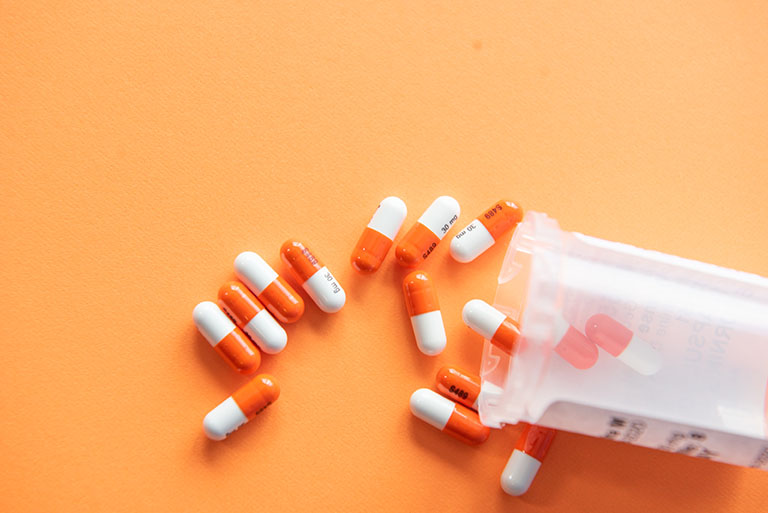
A way to reduce or replace medications
We have a patient survey on this very matter. Whilst there are various pharmaceutical drugs cannabis could reduce or replace intake of, the most pertinent one seems to be painkillers, especially opioid-based ones. Non-steroidal anti-inflammatory drugs (NSAIDs) and antidepressants such as selective serotonin reuptake inhibitors (NSAIDs) are also often used to control pain. For moderate to severe levels of chronic pain, this cocktail of drugs can make mice of men.
Moreover, the more pills that are taken, the greater the likelihood of overdose (NSAIDs and opioids interact synergistically). Even if there is no overdose, persistently having to take such medications can put the body “out of balance” and cause other complexities, meaning an even greater number of pills have to be taken. Before long, the cure starts to become the poison.
So, why does cannabis have this ability to replace other drugs? Quite simply, it is because there are many different cannabinoids, and they all work on various receptors throughout the body, including the endocannabinoid receptors. CBD, for example, works on serotonin receptors as well as the CB2 receptors, helping to control inflammation as well as lift the mood. Beta-caryophyllene also works on CB2 receptors. CBD is an allosteric modulator at the mu- and delta- opioid receptors, whilst THC has analgesic effects and has anti-inflammatory properties of its own. CBDA is a COX-2 inhibitor, in the same way many NSAIDs are, meaning it can also control inflammation. Instead of having to use many drugs for pain, cannabinoids can be used to reduce or replace intake of them all.
Yet, just because cannabinoids can be used to replace many medications, it doesn’t necessarily mean that they can replace them all. There are plenty of life-saving drugs that are used in and out of hospitals throughout the world. Millions of lives are saved every year thanks to the medical techniques and technologies we have developed over the years. Plus, just like with other medications, not everyone will necessarily be able to tolerate cannabinoids.
Some might have allergies, some may need highly specific cannabinoid-terpenoid profiles (with others potentially causing worse problems), some may be highly sensitive to even small amounts, and some may not benefit from cannabis at all. Just as with any other medication, the cannabinoid profile must match the person’s condition/s and physiology. Ideally, any cannabinoid-based medication ought to be tailored around the use of any existing medications in order to ensure no negative interactions occur, with advice on how much should be taken and when. Until the restrictions on medical cannabis research are lifted, such advice will be very difficult for any doctor or pharmacist to give.
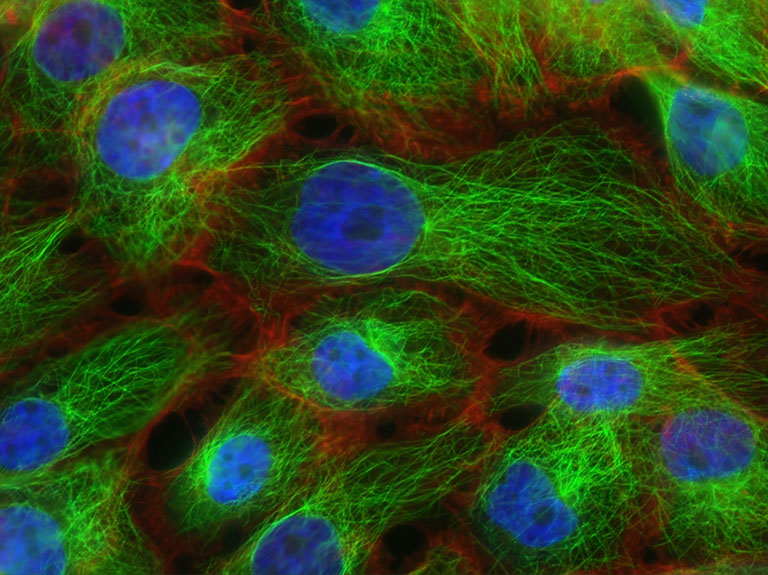
Cannabis is not a “cure for cancer”, but it can definitely help
Everyone gets excited by the words “a cure for cancer”, seeing cancer as this one big, generic disease that can be cured using one particular method. This is a misunderstanding of what cancer is. The body gets cancer everyday – it’s just that, normally, the cancer is stopped by the immune cells in the body. In instances when the body fails to catch the cancerous cells, these cancerous cells then send messages to other cells with a set of “bad instructions”, which causes the cancerous cells to multiply.
There are many different types of cancer, all of which may require one or more treatments. There’s chemotherapy, radiation therapy, hormone therapy, surgery, immunotherapy (which should ideally not be used in conjunction with cannabinoid treatments), stem cell transplants, and targeted and precision drug therapy (which cannabinoid treatments may fall under). For some cancers, one or a combination of several treatments is very successful; for other forms of cancer, even some of the most high-tech, advanced treatments we have at our disposal do not work, or only work in a small number of cases. As most cancers require several different forms of treatment, it is never necessarily best to forego traditional treatments and replace them with cannabis – it is more likely to be an adjunct than a “cure” for various kinds of cancer in and of itself.
So, how do cannabinoids work to beat cancer? Essentially, cancerous cells also have cannabinoid receptors. Send the right message across, and the phytocannabinoids will essentially tell the cancerous cell to commit hari kari. Sending the right message across requires finding the right cannabinoid-terpenoid profile for the specific cancer – treatment must match classification. Send the wrong message across, and the cannabinoids may have either no effect or even worse, tell the cancer to grow. Therefore, it is of utmost importance for cancer patients to get the right cannabinoid-terpenoid profile for them, as well as stick to their doctor’s advice and follow tried-and-tested treatment plans.
Until we have the clinical evidence to say “x cannabinoid ratio can be used for cancer y, for a person with this physiology type z”, we do not know for certain what strains or ratios are best. We do know, though, that the right type of cannabinoid preparation could be an excellent palliative medication for stopping chemotherapy-induced nausea, maintaining one’s appetite, killing pain and aiding a patient’s sleep. There is significant in vivo and in vitro evidence suggesting that cannabinoids can be used to kill cancer cells – we just do not have the clinical evidence to say that this is definitely the case for humans. The results are more than promising, however, and there is certainly an excellent case for finding a safe way to carry out trials with real patients.

Superbug infections (e.g. MRSA)
As diseases become ever more tolerant to the antibiotics we create, we need new forms and sources of antibiotics. Enter cannabis. For centuries, we have used garlic, honey and various other plants for their ability to disinfect wounds and battle infection. Cannabis is no different in this regard. We’ve already mentioned cannabis’s ability to attenuate the immune system via the CB2 receptors, which is one way we can use it to ward off antibiotic-resistant superbugs. Then there’s the terpenes, which can act as antimicrobials. Pinene in particular has been shown to be very effective against MRSA, and this terpene is found in abundance in most cannabis plants. Terpenes such as terpineol, linalool and cineole may also help.
So, to sum up, there are lots of health problems cannabis can be used for. However, to use it effectively, the right dosage, ingestion method and cannabinoid-terpenoid profile must be used. The ECS is intimately linked to homeostasis, and is therefore very powerful. It has the ability to make things both better and worse, and learning how to modulate it is key of we do not want to cause any unintended side-effects. We also need to learn what proportion of the population can and cannot tolerate cannabinoids of various types, as well as the interactions it may have with other drugs and treatment methods. Basically, we need to start treating cannabis fairly and like any other medicine we already have available. We already do so with opium poppies – why not the cannabis plant as well?

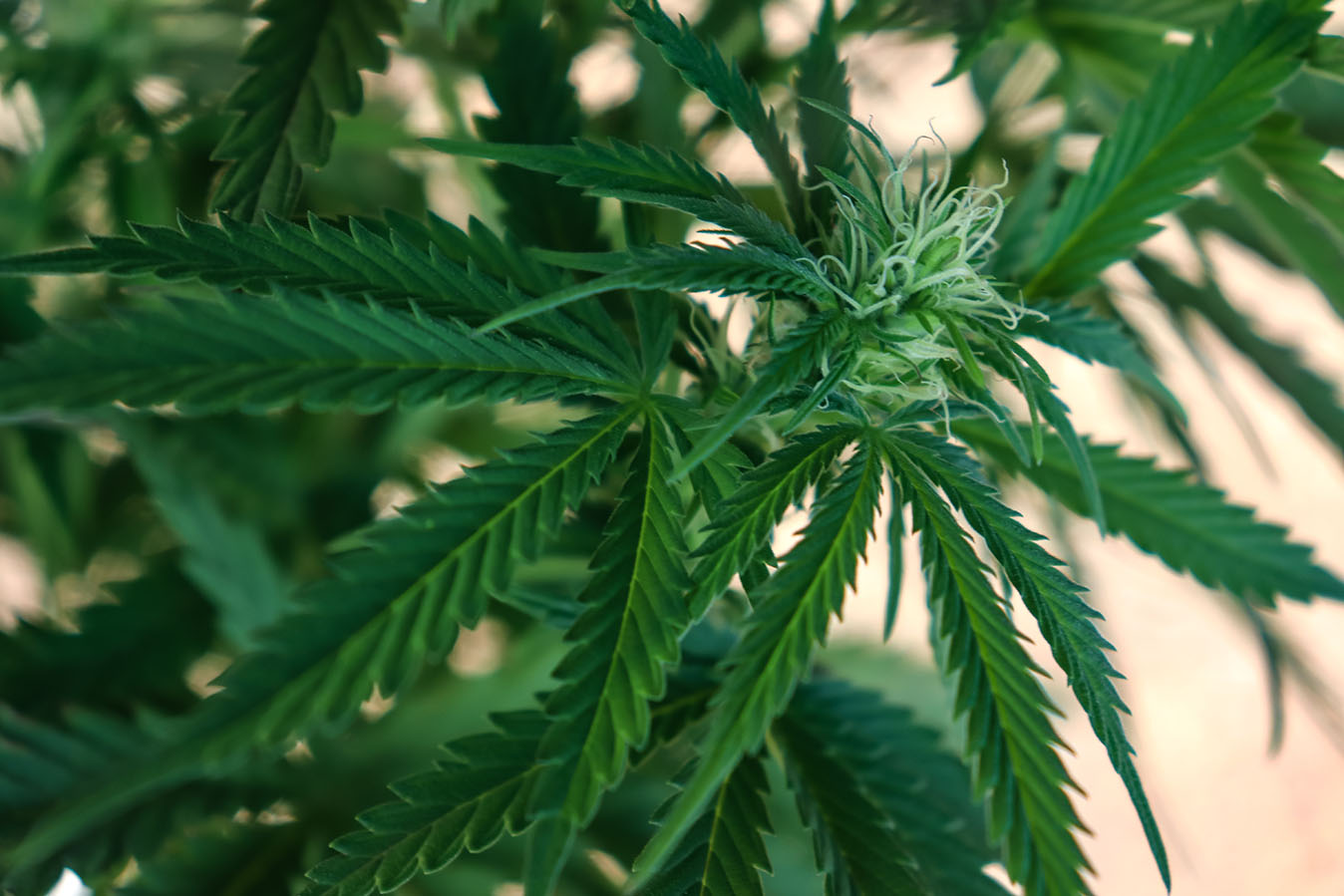



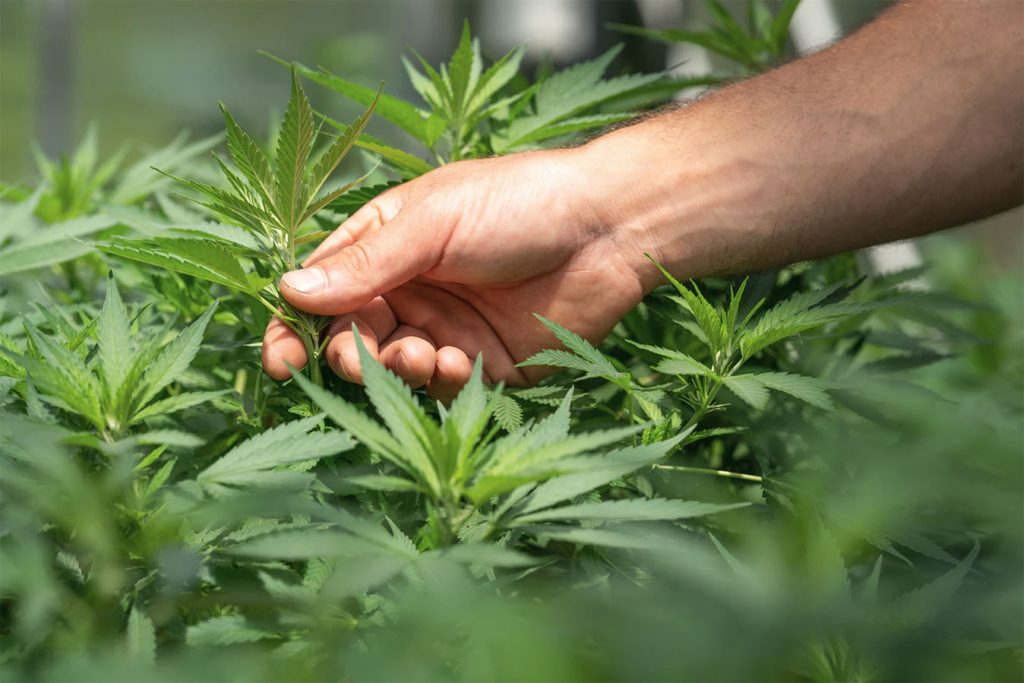

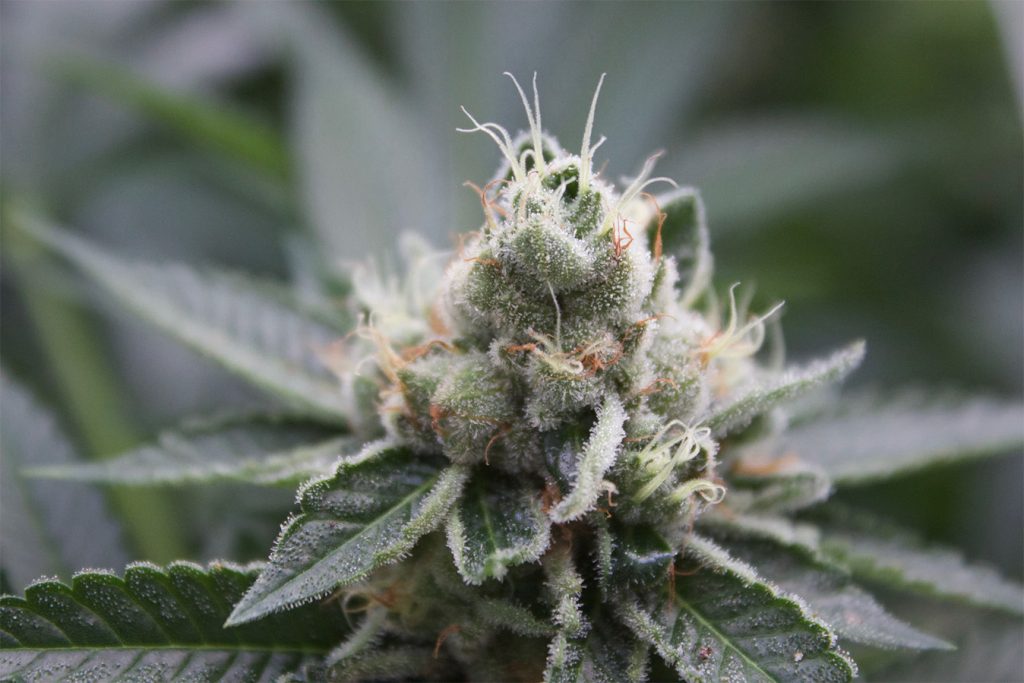

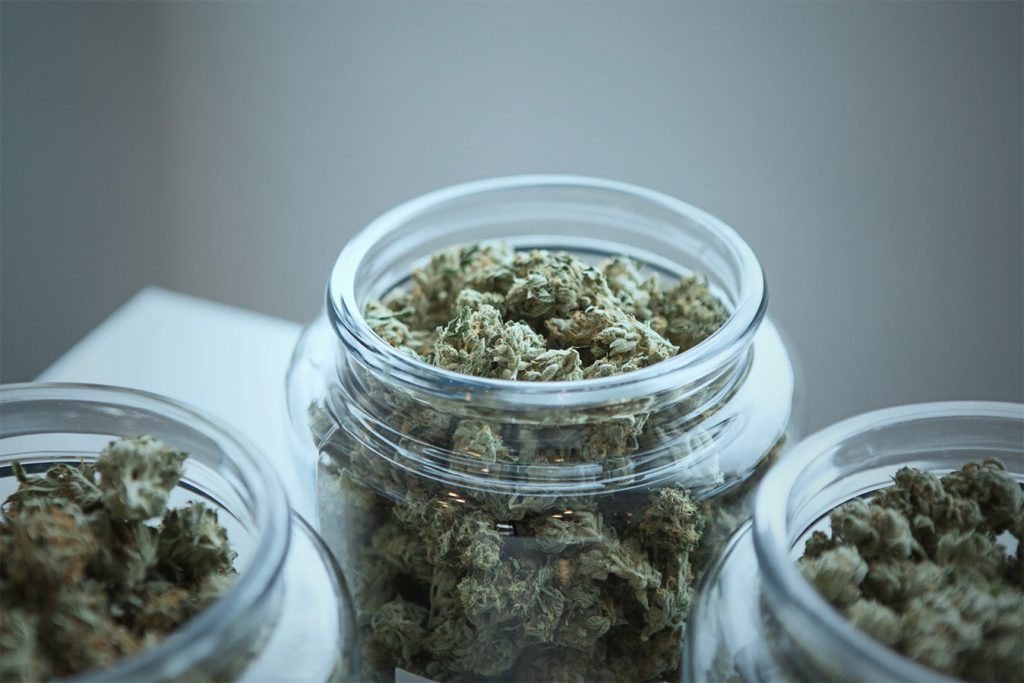


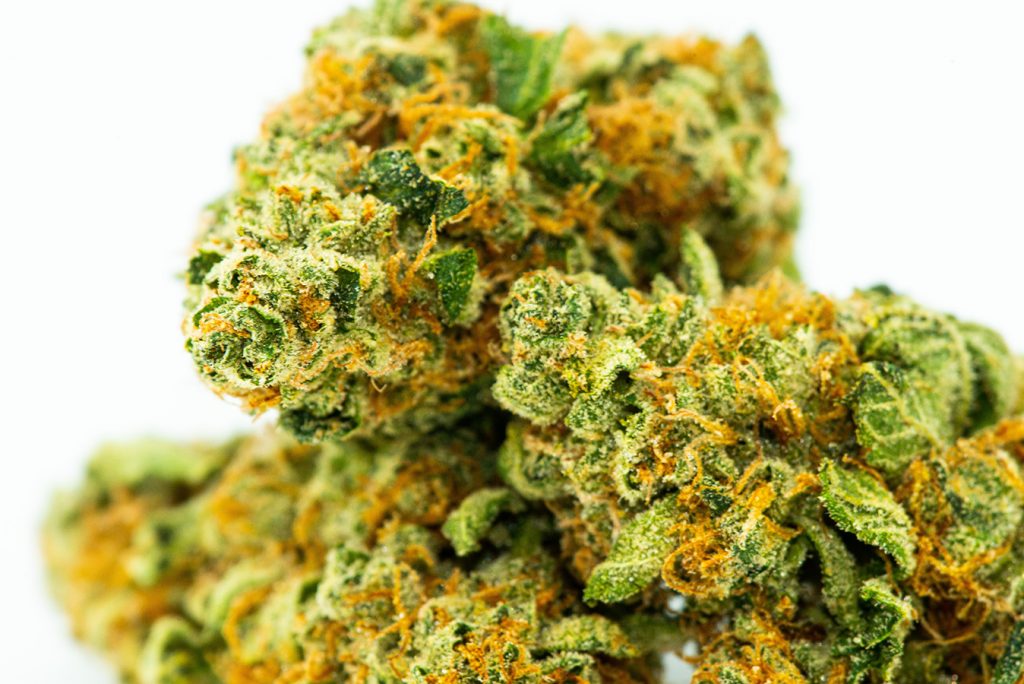
Its not my first time to pay a visit this web site, i am visiting this website dailly and take nice facts from here daily. Ros Pryce Godard
Thanks so much for the article. Really looking forward to read more. Reine Franny Leontina
Hello! I could have sworn I’ve been to this blog before but after browsing through some of the post I realized it’s new to me. Anyways, I’m definitely happy I found it and I’ll be book-marking and checking back frequently!
You made some nice points there. I looked on the internet for the subject matter and found most individuals will agree with your site.
Hello! I could have sworn I’ve been to this blog before but after browsing through some of the post I realized it’s new to me. Anyways, I’m definitely happy I found it and I’ll be book-marking and checking back frequently!
You made some nice points there. I looked on the internet for the subject matter and found most individuals will agree with your site.
It is in point of fact a nice and useful piece of info. Ingaborg Lucien Myrtia
Hello! I could have sworn I’ve been to this blog before but after browsing through some of the post I realized it’s new to me. Anyways, I’m definitely happy I found it and I’ll be book-marking and checking back frequently!
You made some nice points there. I looked on the internet for the subject matter and found most individuals will agree with your site.